Expert care available at HHT Center of Excellence
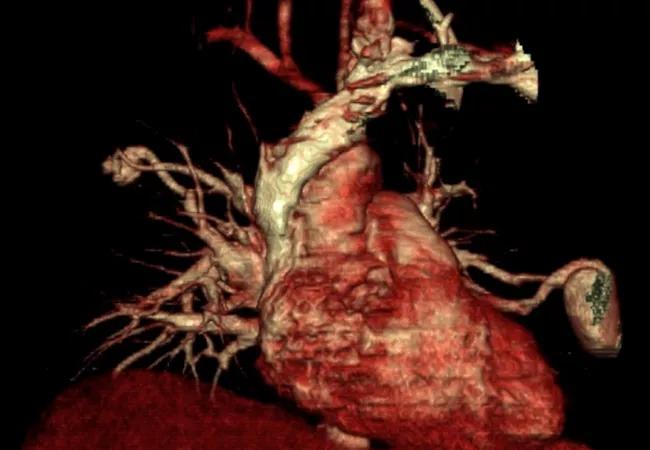
By Joseph G. Parambil, MD, and Charles Martin III, MD
Cleveland Clinic is a non-profit academic medical center. Advertising on our site helps support our mission. We do not endorse non-Cleveland Clinic products or services. Policy
A 30-year-old pregnant female presented for clinical evaluations with a two-week history of pleuritic chest pain. She has a known family history of hereditary hemorrhagic telangiectasia (HHT). Clinical disease was documented in her mother and sister, both of whom had undergone genetic testing that identified a deletion mutation in the endoglin gene (ENG). However, she was never screened for the disease and was asymptomatic until she became pregnant.
With the pregnancy, she began to experience mild episodes of spontaneous epistaxis and also noted the development of cutaneous telangiectasias on her fingertips, lips and chest. As she entered her second trimester, she noticed the onset of exertional dyspnea but attributed this to her gravid uterus. Dyspnea gradually worsened over the subsequent weeks, and two weeks prior to her visit she noted onset of bilateral pleuritic chest pain.
Her obstetrician ordered a chest radiograph that showed bilateral nodular densities. This prompted performance of a chest CT, which demonstrated a 2-cm arteriovenous malformation (AVM) in the right upper lobe and a 4-cm AVM in the lingula, both of which were abutting the pleurain addition to multiple smaller AVMs in both lungs.
She was referred to Cleveland Clinic’s HHT Treatment Center where, based on her progressive symptoms and the size of the dominant AVMs, she was admitted to the hospital for consideration of urgent coil embolotherapy.
During her hospital stay, she was assessed by Maternal-Fetal Medicine experts, who confirmed the presence of an appropriate-for- gestational-age baby boy. She underwent genetic testing and was found to have the same ENG mutation as her mother and sister.
Interventional radiology was consulted for coil embolotherapy. Since she was 26 weeks pregnant, the radiation physicist was consulted to calculate the estimated radiation dose to the developing fetus. To minimize radiation during the procedure, low-dose fluoroscopy and abdominal shielding were employed during the procedure and, using ultrasound guidance, the intestines were manually interposed between the diaphragm and the gravid uterus to absorb further radiation scatter from the chest.
The two dominant AVMs were successfully coiled. She tolerated the procedure well without any complications, and her symptoms dissipated the next day. She was discharged home and 14 weeks later delivered a healthy baby boy, who subsequently underwent genetic testing and was found to be negative for the ENG mutation. After delivery, her epistaxis resolved and many of the cutaneous telangiectasias spontaneously regressed.
Two months after delivery she underwent repeat CT imaging of her chest that showed reduction but persistence of the dominant AVMs in her lungs that now measured 2 cm in the lingula and 1 cm in the right upper lobe. She underwent completion coil embolotherapy to these lesions with no residual flow seen on angiography. Screening MRI of the brain showed no vascular malformations.
This case highlights the unique risks that pregnancy poses to the patient with HHT. Growth of pulmonary AVMs is likely due to pregnancy-related increase in cardiac output and intravascular volume and/or hormone-induced changes in PAVM wall stability.
It also highlights the importance of clinical screening driven by genetic testing in asymptomatic young relatives of patients with HHT. Due to the age-related penetrance of HHT, there is risk of missing a clinical diagnosis in children and young adults, who might have no epistaxis or visible telangiectasias and yet have HHT and harbor silent, life-threatening pulmonary or cerebral AVMs, as seen in this case.
Care of these complex patients requires specific expertise and a coordinated, multidisciplinary approach, as provided by Cleveland Clinic’s HHT Foundation International-designated Center of Excellence.
Joseph G. Parambil, MD is in the Department of Pulmonary, Allergy and Critical Care Medicine, and can be reached at 216.444.7567 or parambj@ccf.org. Charles Martin, III, MD, of Diagnostic Radiology, can be reached at 216.445.5482 or martinc7@ccf.org.
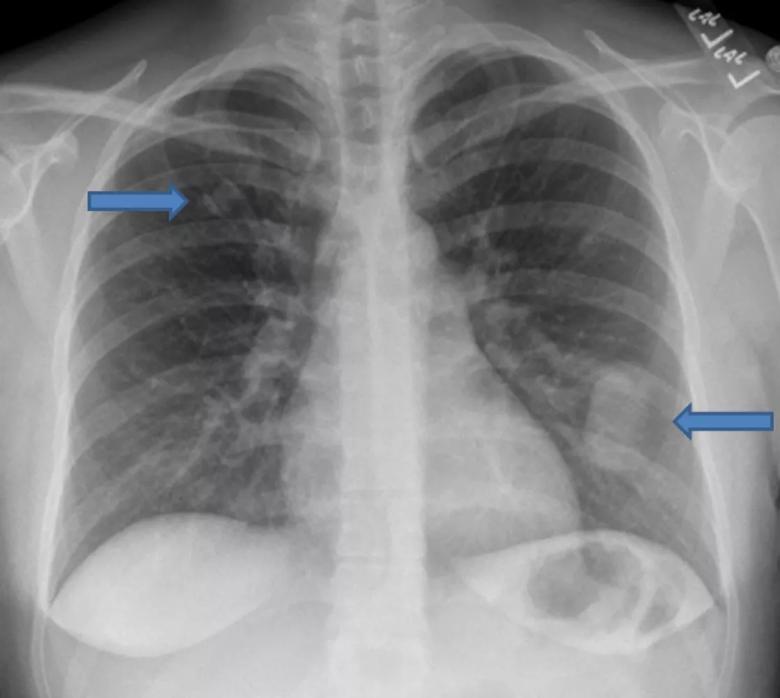
Figure 1: Chest radiograph shows nonspecific bilateral pulmonary densities, one in the lingula that is ovoid and measures 4×3 cm, and another in the right upper lobe that is lobulated and measures 2×1 cm.
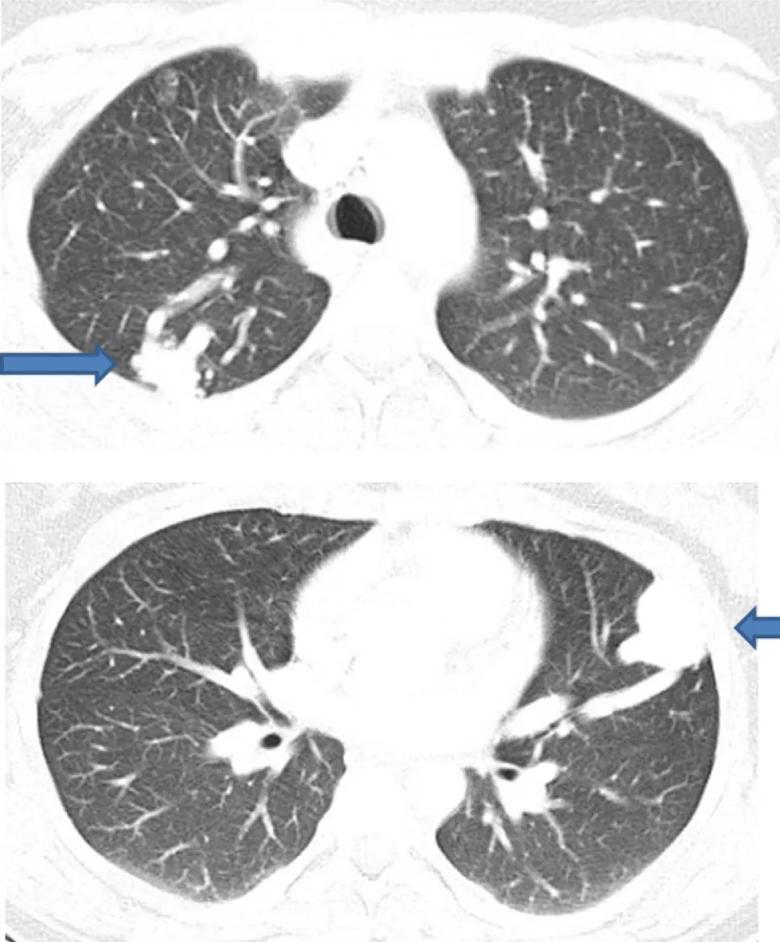
Figure 2: CT chest with contrast shows the mass in the lingula demonstrates a feeding vessel and draining vein consistent with an arteriovenous malformation (AVM) and measures approximately 4.1 cm x 2.3 cm. The lobulated density in the right upper lobe demonstrates feeding vessels as well and represents an AVM and this measures 1.7 x 1.7 cm.
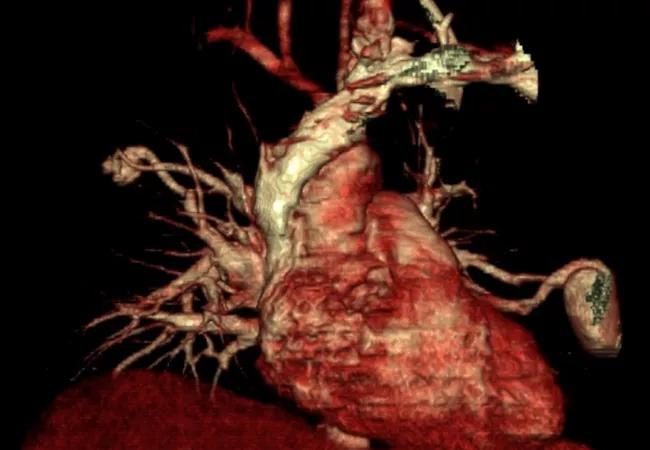
Figure 3: Digital reconstruction pulmonary angiogram demonstrating the two AVMs with their associated feeding vessels.
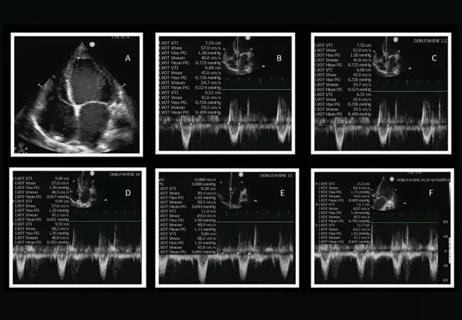
A recent case illustrates how timely and appropriate use of POCUS can provide benefits at all stages of the care path
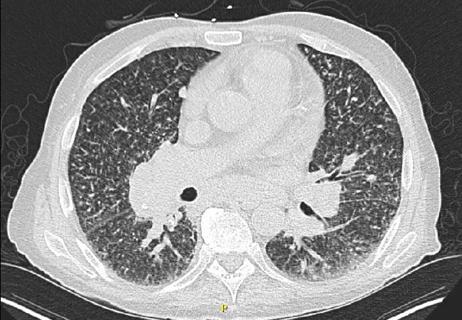
An inability to obtain a biopsy of the patient’s hilar lymphadenopathy due to severe PAH and severe hypoxemia made diagnosis verification challenging
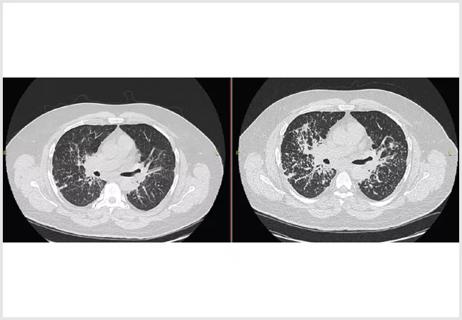
A multidisciplinary approach to treatment can be beneficial since other organs in addition to the lungs can be affected by the systemic disease
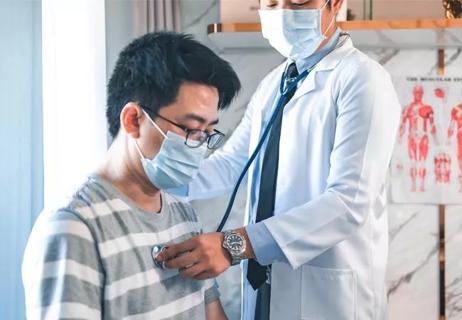
This case illustrates the importance of looking at the bigger picture when considering a patient’s respiratory symptoms.

Multidisciplinary treatment of rare and complex immunodeficiencies
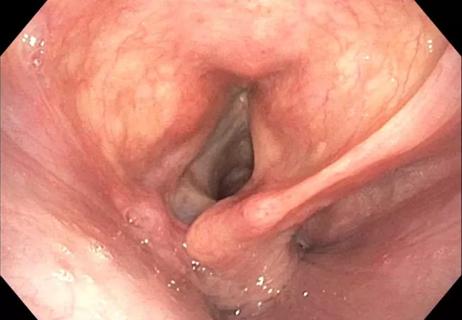
Ruling out a common diagnosis and identifying an elusive condition
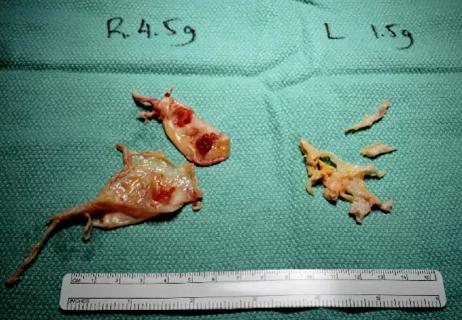
Pulmonary endarterectomy improves outcomes for many patients

Physicians present a case study, discuss clinical guidelines and the value of a multidisciplinary approach